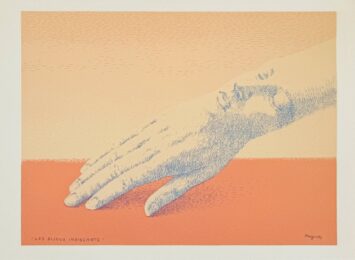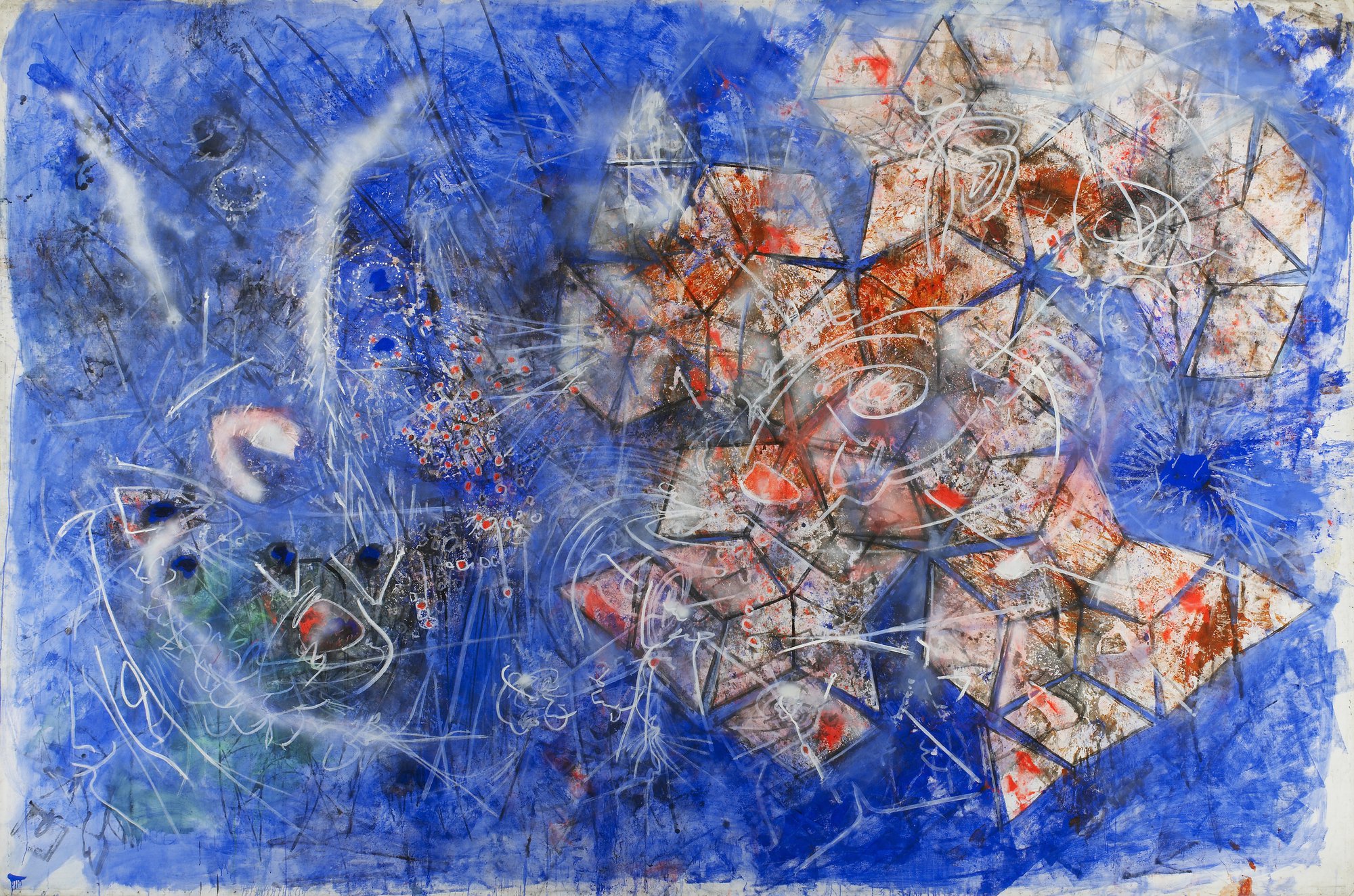


Surrealism art was a very popular twentieth-century artistic, philosophical and literary movement that was strikingly psychological and, indeed, highly surreal. It explored the deepest inner workings of the mind and the subconscious, and championed the poetic, the irrational and the revolutionary. Indeed, many works blended the Surrealism style with the highly charged colours and lines of Impressionism and the entrancing qualities of Abstract Expressionism along the way.
Unlike anything ever seen before, Surrealism aimed to completely revolutionise human experience. It was concerned with enabling those who viewed it to reject any rational vision of life in favour of one that gave the greatest value to dreams and the unconscious. The movement’s artists and poets found a strange, magical beauty in the unusual, the uncanny and the unexpected. They celebrated the extraordinary and disregarded the conventional.
The term ‘surrealist’ was first used by the French poet Guillaume Apollinaire in a notable 1903 play of the time which was performed later in 1917. But it was André Breton, heading up a new group of artists and poets in Paris, who defined surrealism in his Surrealist Manifesto of 1924. He outlined its pure psychic automatism, its ability to reflect the deeper meaning of consciousness and thought, and how one goes about expressing one’s deepest desires. He also described how thought has no boundaries and is not necessarily defined by reason or logic.
Many surrealist artists including Jean Arp, Max Ernst, Wifredo Lam, Hans Bellmer and Yves Tanguy used their works as a method of unlocking images and ideas from their unconscious
minds. They also employed this medium to depict hidden psychological tensions and dream-like alternative worlds.
Attractive to artists, filmmakers, photographers and writers from all over the globe who shared this ardent rejection of conventional moral and artistic values, surrealism very soon became an international movement. It had a substantial impact on the cultural life of many countries both between the World Wars and later.
Many make the point that surrealism, as a classified cultural movement, came to an end when Breton died in 1966. Others believe that it is still very much a relevant and vital force today.